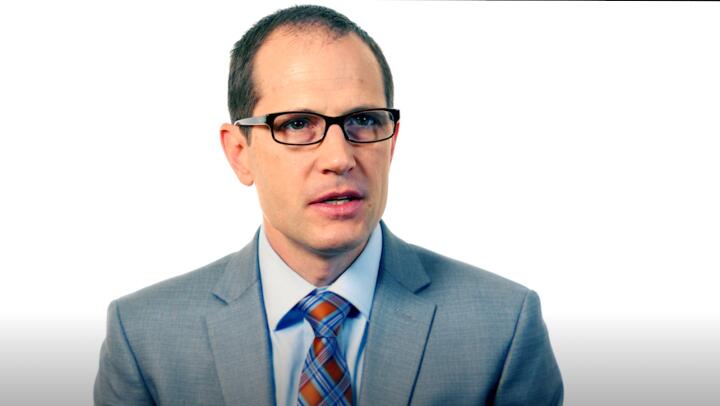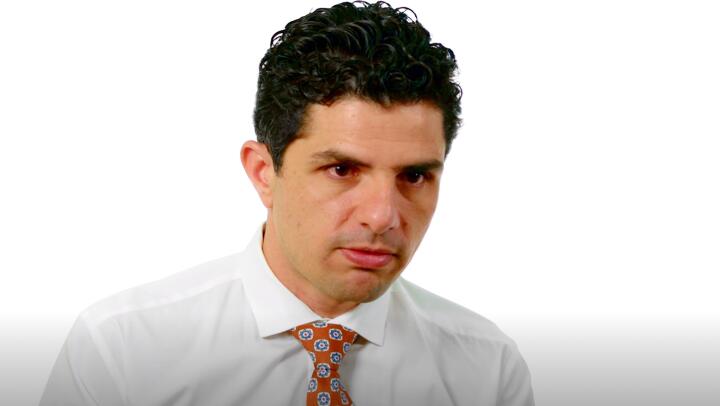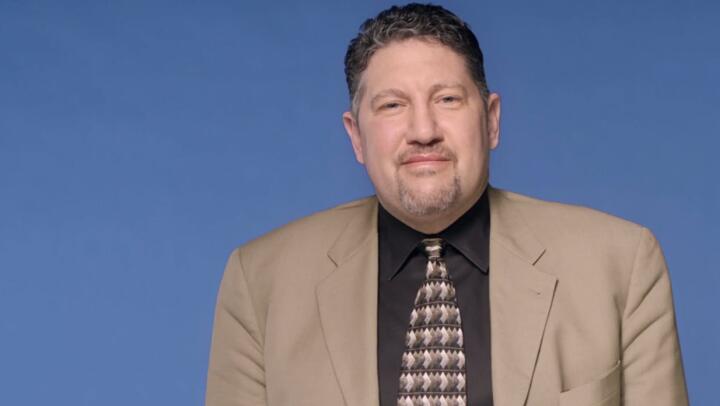More than

How HFpEF Affects How Your Heart Works
The heart is a muscle. The right side of your heart pumps blood to your lungs, where oxygen is added to the blood. The left side of your heart pumps this oxygen-rich blood to the rest of your body so your organs and tissues can function properly. Many conditions can damage your heart and interfere with this process, leading to heart failure. Up to 90% of people with HFpEF have high blood pressure, and the following conditions can also lead to HFpEF:
- Chronic kidney disease (CKD)
- Obstructive sleep apnea (OSA)
For most people, heart failure affects the left side of the heart, like with HFpEF. With left-sided heart failure, one of two things happens: your heart has problems either pumping blood or filling with blood. When your heart muscle doesn’t have the strength to pump enough blood into your circulation, this is called heart failure with reduced ejection fraction (HFrEF), or systolic heart failure.
In contrast, heart failure with preserved ejection fraction, or diastolic heart failure, occurs when the heart muscle stays too stiff after pumping and isn’t able to fill up fully with blood. As a result, when your heart does pump, there’s not as much blood to push out. In other words, if you have heart failure with preserved ejection function, your heart’s pumping function is intact, but its capacity to fill is limited.
How a Heart-Healthy Lifestyle Can Help
The same lifestyle factors that can cause HFpEF can make the condition worse if they aren’t addressed. Working to make improvements where needed is central to an HFpEF management plan. Your doctor should help you identify aspects of your lifestyle to focus on and help you set reasonable goals. The following lifestyle aspects are top targets.
Quit smoking
If you have HFpEF and keep smoking, you’re causing more damage to a compromised cardiovascular system and increasing your risk of heart attack. It’s never too late to quit–no matter what, your heart will benefit. Quitting isn’t easy, but more support is available than ever before. Ask your doctor about nicotine replacement therapy through gum or patches, medications to ease cravings, behavior modification programs, and support groups.
Maintain a healthy weight
More than 80% of people with HFpEF are overweight or obese. Excess weight makes an already weakened heart work harder, raising your risk of having complications with HFpEF, needing to be hospitalized, and not living as long. Maintaining a healthy weight relieves extra stress on your heart so it can relax between beats and fill with more blood to push to your body. The two pillars of weight loss are diet and exercise.
Follow a healthy diet
A heart-healthy diet helps those with HFpEF not only lose weight, but also relaxes the heart muscle and lowers blood pressure. Eating right with HFpEF makes it easier to breathe and exercise, too. A heart-healthy diet is usually built around:
- Limiting salt
- Lowering cholesterol
- Controlling blood sugar
Ask your doctor for a referral to a dietitian, who can help you adjust to these dietary changes in easy and delicious ways.
Get plenty of exercise
Appropriate exercise programs have been shown to improve the cardiovascular health of those with HFpEF, lowering blood pressure and relaxing the heart muscle. Talk with your doctor before you begin an exercise program. You may be a candidate for cardiac rehabilitation, an exercise program specially designed for you with HFpEF in mind.
The bottom line
From changes in your level of activity to shifts in what you eat, the list of lifestyle improvements can feel long. Take it step by step with the support of your healthcare team. Heart failure didn’t happen overnight, and developing a healthier lifestyle takes time, too. Stick with it and know every little win is a win for your heart.





















